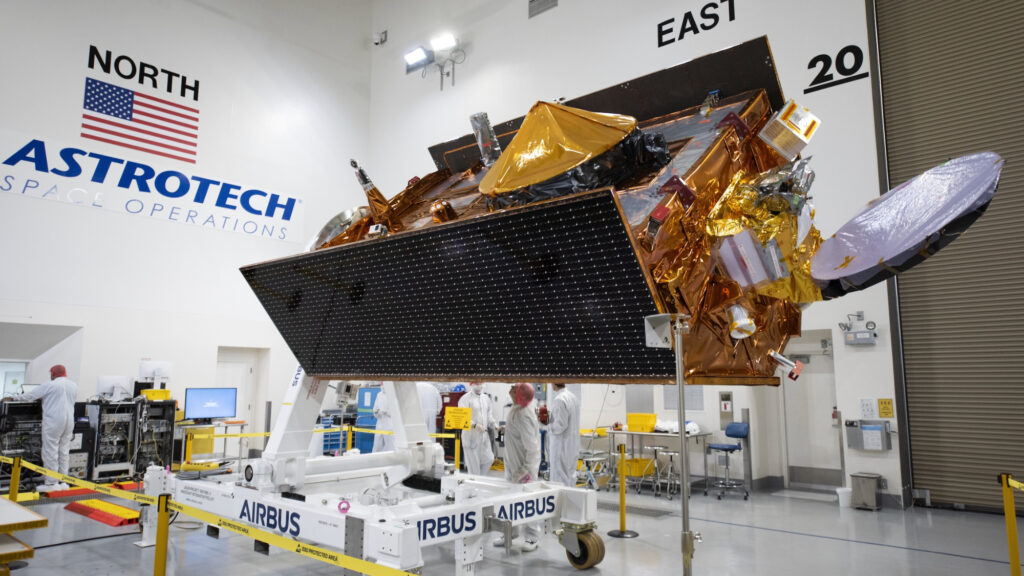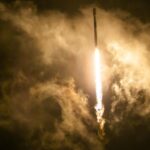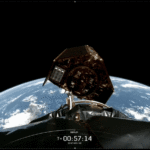Now Reading: Trump’s ‘One Big Beautiful Bill’ gives US Space Force $1 billion for secretive X-37B space plane
-
01
Trump’s ‘One Big Beautiful Bill’ gives US Space Force $1 billion for secretive X-37B space plane
Trump’s ‘One Big Beautiful Bill’ gives US Space Force $1 billion for secretive X-37B space plane
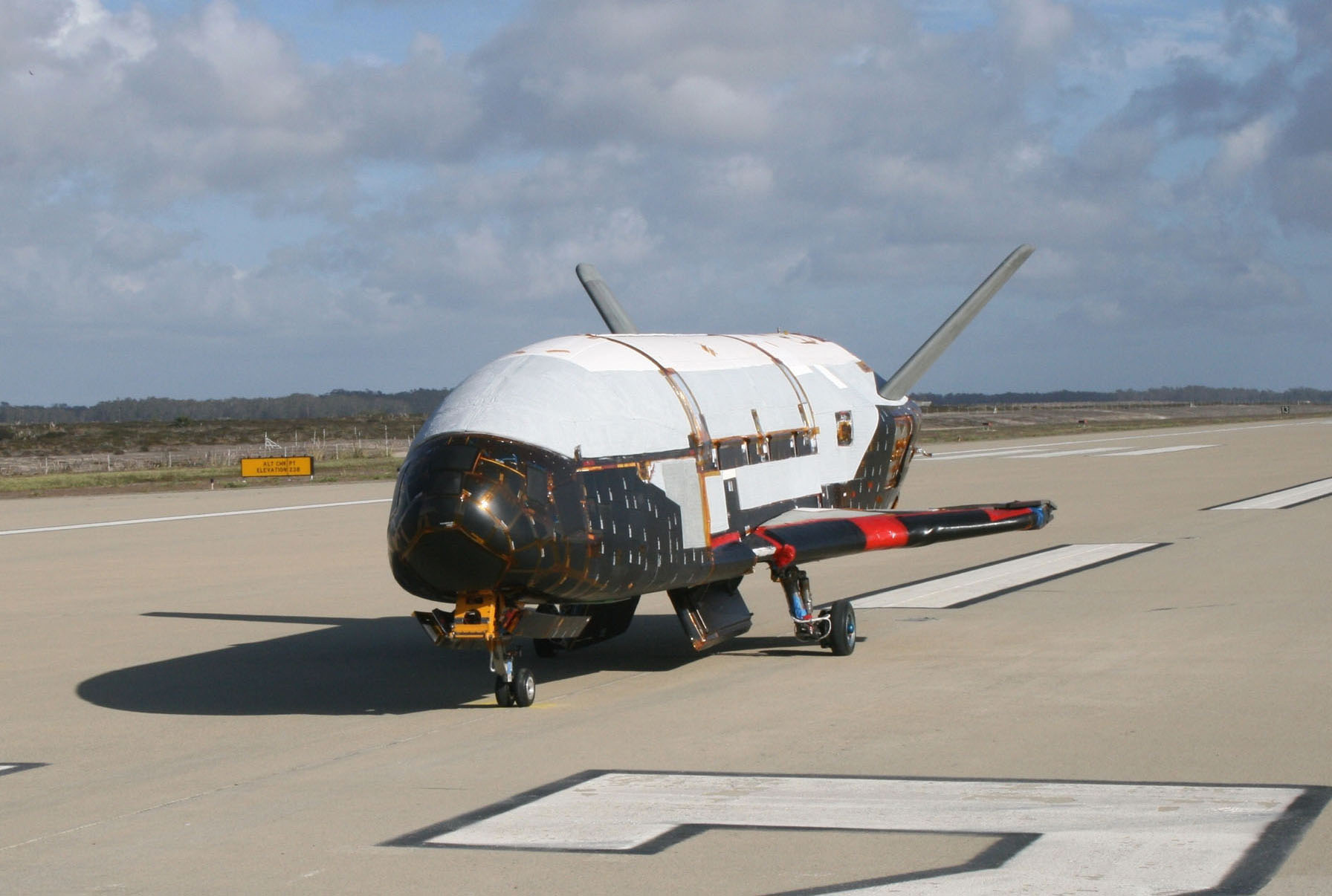
U.S. President Trump’s “One, Big Beautiful Bill Act,” H.R. 1 includes $1 billion for the U.S. Space Force (USSF) X-37B military spacecraft program.
The largely classified X-37B – also called the Orbital Test Vehicle (OTV) program – carried out its seventh mission, landing at Vandenberg Air Force Base in California on March 7, touching down after 434 days in orbit.
As for how that $1 billion would be spent, and when the next X-37B would depart, Space.com reached out to the space plane’s builder, Boeing. We received a “thank you for the query” in response, and an inquiry-altering note to contact the Air Force for comment on the X-37 schedule and budget.
Space test platform
“The USSF X-37B program supports technology risk reduction, experimentation, and operational concept development for future re-usable space vehicles,” responded USAF Colonel Lori Astroth, Public Affairs Deputy Director for Space within the Secretary of the Air Force Office of Public Affairs at the Pentagon.
The X-37B program “serves as a flexible space test platform to conduct various experiments that can be transported to space and returned to Earth,” Col. Astroth added. “Further information regarding X-37B’s cost and budget information is not releasable.”
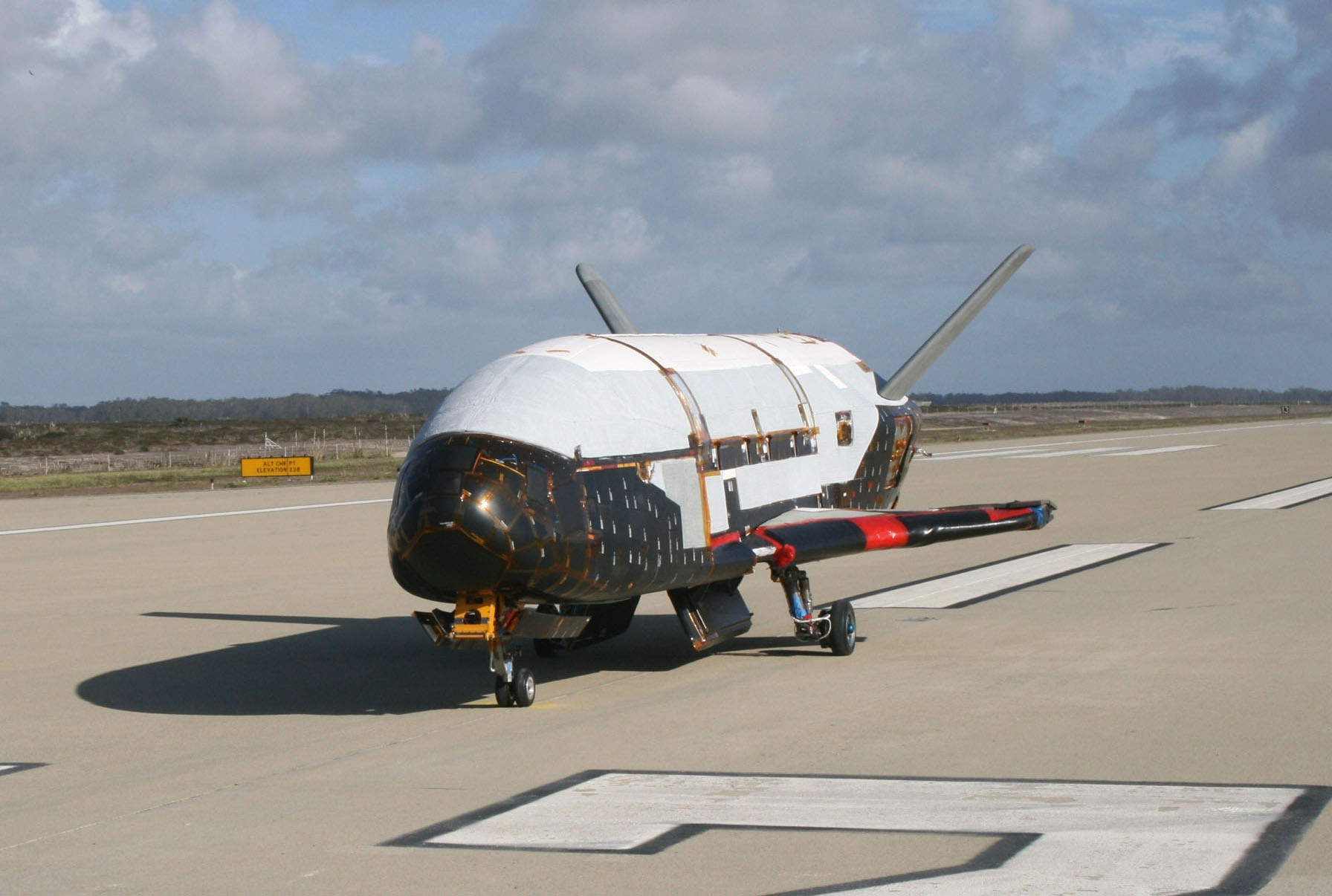
Highly elliptical orbit
That last hush-hush flight of the X-37B Orbital Test Vehicle-7 (OTV-7) featured the craft being hurled into a highly elliptical high Earth orbit via a Falcon Heavy rocket back on December 28, 2023.
After aerobraking to a low Earth orbit and completing its test and experimentation objectives, the space plane successfully performed its deorbit and landing procedures.
As did the previous (OTV-6) space plane trek, OTV-7 also involved a service module that expanded the capabilities of the spacecraft.
“The successful completion of the novel aerobraking maneuver demonstrated the agile and flexible capabilities the X-37B provides the United States Space Force,” according to the statement issued by the Secretary of the Air Force Public Affairs.
The aerobraking technique entails use of atmospheric drag over the course of multiple passes to change orbits while expending minimal fuel.
“While on orbit, Mission 7 accomplished a range of test and experimentation objectives intended to demonstrate the X-37B’s robust maneuver capability while helping characterize the space domain through the testing of space domain awareness technology experiments,” the statement notes.
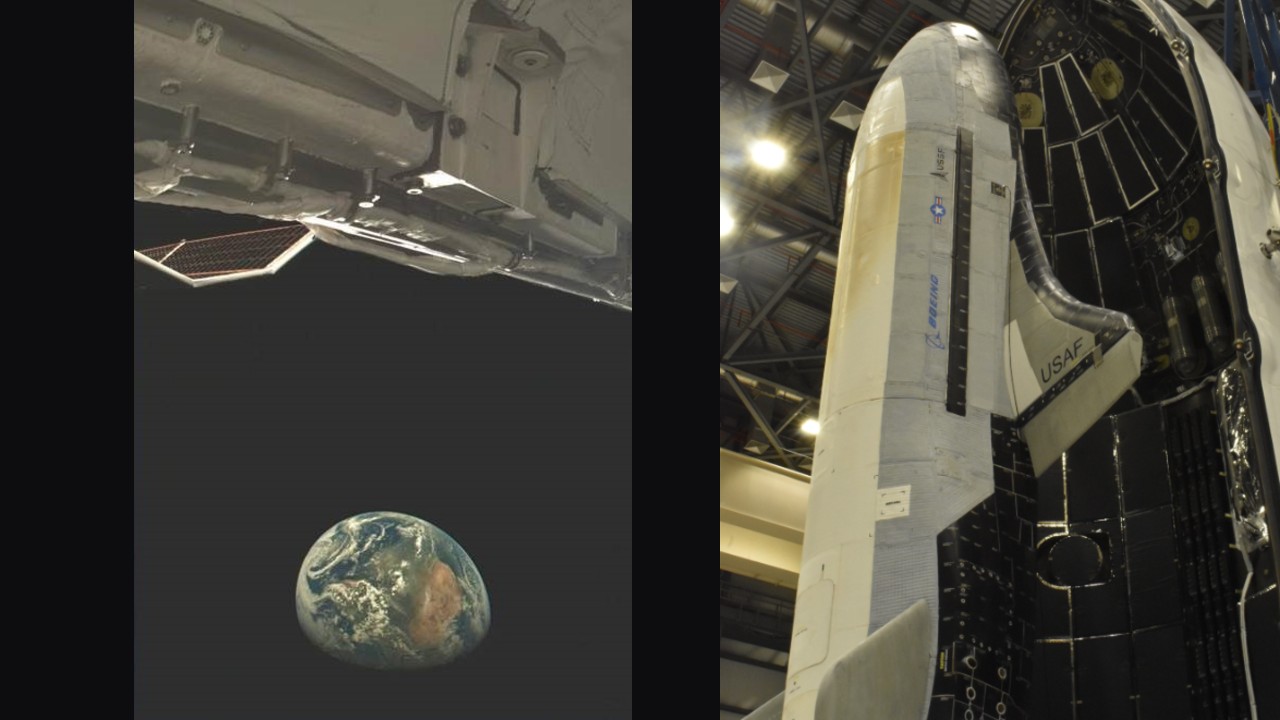
Flight roster
Here’s a listing of previous flights of the space plane:
- OTV-1: launched on April 22, 2010 and landed on December 3, 2010, spending over 224 days on orbit.
- OTV-2: launched on March 5, 2011 and landed on June 16, 2012, spending over 468 days on orbit.
- OTV-3: launched on December 11, 2012 and landed on October 17, 2014, spending over 674 days on-orbit.
- OTV-4: launched on May 20, 2015 and landed on May 7, 2015, spending nearly 718 days on-orbit.
- OTV-5: launched on September 7, 2017 and landed on October 27, 2019, spending nearly 780 days on-orbit.
- OTV-6: launched on May 17, 2020 and landed on November 12, 2022, circling Earth for 908 days.
- OTV-7: lofted on December 28, 2023 and touched down on March 7, 2025, circling Earth for 434 days.
First use technologies
The builder of the vehicle, Boeing, has previously noted that the X-37B makes use of several “first use in space” technologies including:
- Avionics designed to automate all de-orbit and landing functions.
- Flight controls and brakes using all electro-mechanical actuation; no hydraulics on board.
- Use of a lighter composite structure, rather than traditional aluminum.
- New generation high-temperature wing leading-edge tiles and toughened uni-piece fibrous refractory oxidation-resistant ceramic (TUFROC) tiles and advanced conformal reusable insulation (CRI) blankets.
According to Aviation Week & Space Technology, the Space Force is utilizing the X-37B system as an on-orbit testbed to try out new technologies, to better understand similar adversarial platforms and to design new training environments, citing comments to the publication in January by Chief of Space Operations General Chance Saltzman.
Stay Informed With the Latest & Most Important News
Previous Post
Next Post
-
 012024 in Review: Highlights from NASA in Silicon Valley
012024 in Review: Highlights from NASA in Silicon Valley -
 02Panasonic Leica Summilux DG 15mm f/1.7 ASPH review
02Panasonic Leica Summilux DG 15mm f/1.7 ASPH review -
 03How New NASA, India Earth Satellite NISAR Will See Earth
03How New NASA, India Earth Satellite NISAR Will See Earth -
 04And Thus Begins A New Year For Life On Earth
04And Thus Begins A New Year For Life On Earth -
 05Astronomy Activation Ambassadors: A New Era
05Astronomy Activation Ambassadors: A New Era -
06SpaceX launch surge helps set new global launch record in 2024
-
 07Space Force plans new ‘Futures Command’ amid pressure to speed up modernization
07Space Force plans new ‘Futures Command’ amid pressure to speed up modernization














